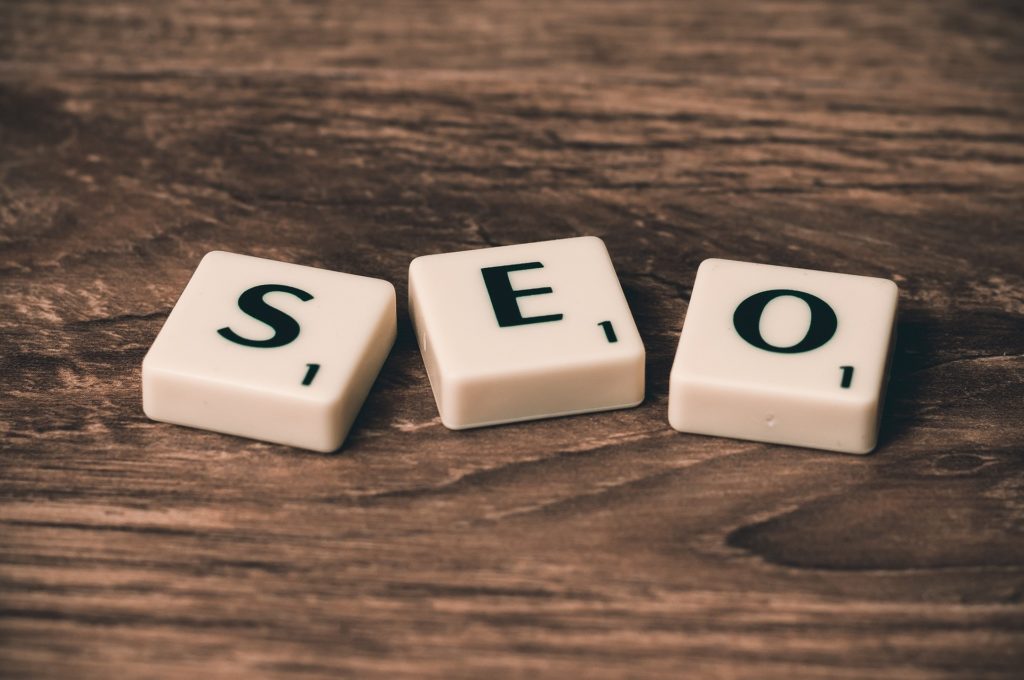Have you been banging your head against the wall trying to get your web pages to rank? If this sounds like you, then your on-page SEO might need some work.
The focus of this article is what on-page SEO is and why/how it can help you.
What Is On-Page SEO?
On-page SEO is all about setting the foundations of each page perfectly. Poorly executed on-page SEO can break your whole site’s performance.
Think of it this way; if you build your house on a weak foundation, it’s going to sink and break. And the same can be said with on-page SEO; none of the other SEO tactics you use will take effect without it.
The best thing is:
- It costs nothing
- It’s super easy to do
Which makes it even stranger that it’s so commonly neglected.
When it really comes down to it, on-page SEO can be split into two parts:
- Increasing user experience
- Optimizing HTML code
Optimizing your website based on these two parts can greatly improve your on-page SEO and, in turn, your ranking position.
But why is this important?
Well, in essence, it helps Google crawl your site faster and more efficiently and provides a great user experience for your visitors.
The On-Page SEO Checklist
Now it’s time to look at what on-page SEO factors you can use to increase your visibility in Google’s SERPs:
#1 Page Title Using H1 Tags
Each page should have a set of H1 tags. The tags help Google crawl the page quickly and effectively.
If the tag isn’t present, the Google spiders will miss the title, which can significantly affect your overall ranking position.
#2 URL Length
It might be a small ranking factor, but it’s still something you need to address. The shorter your URL length is, the easier it is for Google to understand.
This makes Goole favor shorter URLs. It also makes it simpler for users to remember the URL.
#3 Original Content
Duplicate content is an automatic site killer because Google works tirelessly to remove duplicate content from its results.
The worst thing is, you never know which page will rank for the duplicate post. For this reason, you need to ensure your site has no duplicate content.
#4 Primary Keyword Within the First 50-100 Words
The quicker Google can understand what your content is about, the better. This is why placing the primary keyword at the start of the content is very important.
Go through all your existing content and make sure the primary keyword is within the first 50 to 100 words.
#5 Primary Keyword at The Start of Title
Again, this is about making it as easy as possible for Google to understand the content.
There’s no better way than placing the primary keyword at the beginning of the title. Google will know exactly what the page is about in milliseconds.
#6 Subheadings Using H2, H3, H4 Tags
To help give search engines a good idea of what your content is about, you need to use the correct subheading tags.
This helps Google understand how the content is structured, but just as importantly, your users love it too.
#7 Keyword Order
Everyone searches for things differently, which means mixing up how the keyword is phrased can be pretty beneficial.
Think of it this way; if you’re looking to buy a red Ferrari F40, there are a few ways the search can be worded:
- Red Ferrari F40
- F40 Ferrari red
- Ferrari F40 red
As you can see, the combinations all have the same search intent but are worded slightly differently. Using a good mixture throughout the content can help maximize your performance.
#8 Site Speed
How fast your site loads is a massive factor in where you’ll rank in the SERP results. A slow website will cost you traffic, which could be turned into revenue. 3 seconds or less is your goal.
Because of this, site speed is something you should work on if you want to succeed with your SEO efforts..
#9 Content-Length
There’s been a lot of debate about what length your content should be. On average, long-form content tends to perform better.
The thing is:
What counts as long-form varies from niche to niche, so you need to do your research before you start writing.
#10 Content Freshness
Readers care about how up to date your content is and because of this Google SERPs often show the date it was published/when the post was last updated.
If the users prefer new/regularly updated content you can bet Google does too.
#11 HTTPs Security
Google announced back in 2014 that sites with HTTPs encryption will be given priority in the ranking results.
They also mentioned that over time this ranking signal might get stronger. So, if you haven’t updated to HTTPs security yet, it’s time to do it.
#12 Dwell Time
If you don’t know what dwell time is, don’t worry, it’s a pretty simple concept. It’s the amount of time people spend on your site digesting your information.
The longer people stay on your page, the more Google thinks your content is relevant and worth reading.
So increasing your dwell time by improving content quality and using SEO copywriting techniques is an important part of onpage SEO.
#13 Mobile Responsive
Websites that aren’t mobile responsive have been penalized since 2015. What this means is, if your site isn’t mobile-friendly, your ranking results might be suffering.
In today’s world, most search traffic comes from mobile browsers. This means you could be missing out on a huge percentage of traffic if your site doesn’t support mobiles.
#14 Meta Description Has Keyword
The meta description is used to describe what the page is about in the SERPS. But it can also give you a bump in the search engine when it’s optimized correctly.
Adding your primary keyword to the meta description helps Google understand the page and lets users know your page is relevant.
#15 Use Synonyms
Sometimes it’s possible to rank for keywords that aren’t mentioned in your article. This is because of synonyms. Google understands that two words have the same meaning, which means you can rank for both.
Finding keywords that have a lot of synonyms for your new content can help you gain more traffic.
#16 Spelling and Grammar
Having the odd misspelled word or grammar mistake won’t kill your website, but it does break reader focus.
Make sure all the content is legible, makes sense, and provides high value. If you do, your users will be stuck to your content.
#17 LSI keywords
Using LSI keywords in your content helps to add relevance to the primary keyword. So adding…
- Best
- Cheap
…to your primary keyword can turn it into an LSI keyword. There’s a little debate about how effective LSI keywords are, but it certainly can’t hurt to give a little extra context.
#18 Internal Linking
Internal linking helps Google crawl the pages of your site quickly and efficiently. But they do more than that…
They also help share the link juice between pages, which can help give lower-performing sites a boost. And you have complete control over where you use them,
But the best thing about internal linking is, it helps users find additional relevant information on your site, meaning they stay with you for longer.
Rounding Up
Not all ranking factors are created equally and the same can be said for the on-page SEO factors. In this article, we have covered 18 factors that if optimized correctly will stand you in a good position but there are a few more pieces to the puzzle…
Take a look at this on-page SEO checklist.
Before you go, there’s one thing you should remember, without perfect on-page SEO, all your other SEO efforts will struggle to take effect.
- On-Page SEO: What, Why, and How - November 11, 2020



